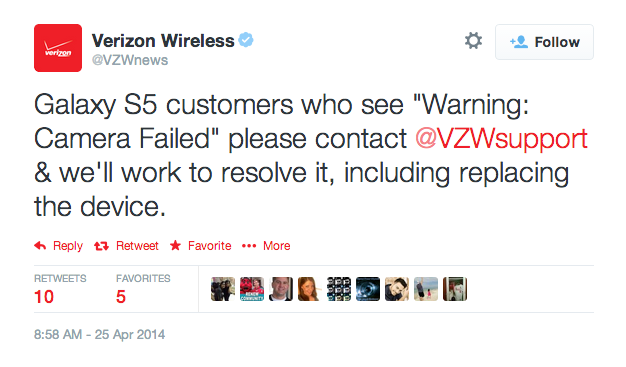Turns out, though, it did not. We've already told you the story about how Android’s co-founder Andy Rubin started working on an operating system for digital cameras, but later on changed the project to target mobile phones, and that’s how Android was born. A year or so after the start of the project, Rubin, ran out of money, and started looking for funds at big companies like Samsung and Google.After being laughed out of court at his first visit in Korea by Samsung top executives, he had scheduled a meeting with Google’s Larry Page. Over at Mountain View, Rubin started with a vigorous pitch, showing Page slides to illustrate how the 700-million-unit phone market is more than triple the size of the traditional computer market, and how that gap is only growing.It did not take long to convince Page. Instead of getting funding for Android, though, Rubin was met with a surprising proposition - Google wanted to buy Android right away. The interesting part, however, is the price both parties agreed on: merely $50 million (plus incentives).
At the time, this bought Google the talented, but still very small Android team. Rubin co-founded the project with 7 other engineers, and by the summer of 2005, they were all under Google’s inviting wing. Best of all, they were not limited in their spending budget. Almost immediately after the purchase, Google shelled out over $10 million to back up the Android effort with patents. From there on, it’s all history, but fact is that now, Android is the world’s most popular operating system, with a commanding market share of over 80%. Not bad for a company that Google bought for $50 million, is it?
Dogfight





 Executives of chip manufacturing companies are a bit surprised (no pun
intended) at the speed in which 64-bit processing is coming to Android
phones. Even ARM has been caught unaware by this move. Originally, the
company figured that 64-bit technology would first be seen on corporate
servers. Instead, after Apple introduced 64 bit mobile processing with the Apple A7 chipset that currently powers the Apple iPhone 5s, Apple iPad Air and the Apple iPad mini with Retina display, the road map has taken a rather sharp detour. Mobile consumer devices are now the recipient of the advancing technology.
Executives of chip manufacturing companies are a bit surprised (no pun
intended) at the speed in which 64-bit processing is coming to Android
phones. Even ARM has been caught unaware by this move. Originally, the
company figured that 64-bit technology would first be seen on corporate
servers. Instead, after Apple introduced 64 bit mobile processing with the Apple A7 chipset that currently powers the Apple iPhone 5s, Apple iPad Air and the Apple iPad mini with Retina display, the road map has taken a rather sharp detour. Mobile consumer devices are now the recipient of the advancing technology.



 Good news for all Viber fans, or at least the ones, who are loyal to
Apple! An update for the iOS variation of Viber is rolling out today and
it finally brings a cosmetic revamp to one of the most popular
messengers out there, which got acquired by Rakuten, a Japanese
e-commerce conglomerate, for some $900 million two months ago.
Version 4.2 of the app comes with an overhauled design that finally
blends with the refreshed looks of iOS 7, which got released back in
September 2013. Up until now, the app kept its old-school design, which
was everything but minimalistic and flat.
Good news for all Viber fans, or at least the ones, who are loyal to
Apple! An update for the iOS variation of Viber is rolling out today and
it finally brings a cosmetic revamp to one of the most popular
messengers out there, which got acquired by Rakuten, a Japanese
e-commerce conglomerate, for some $900 million two months ago.
Version 4.2 of the app comes with an overhauled design that finally
blends with the refreshed looks of iOS 7, which got released back in
September 2013. Up until now, the app kept its old-school design, which
was everything but minimalistic and flat.

